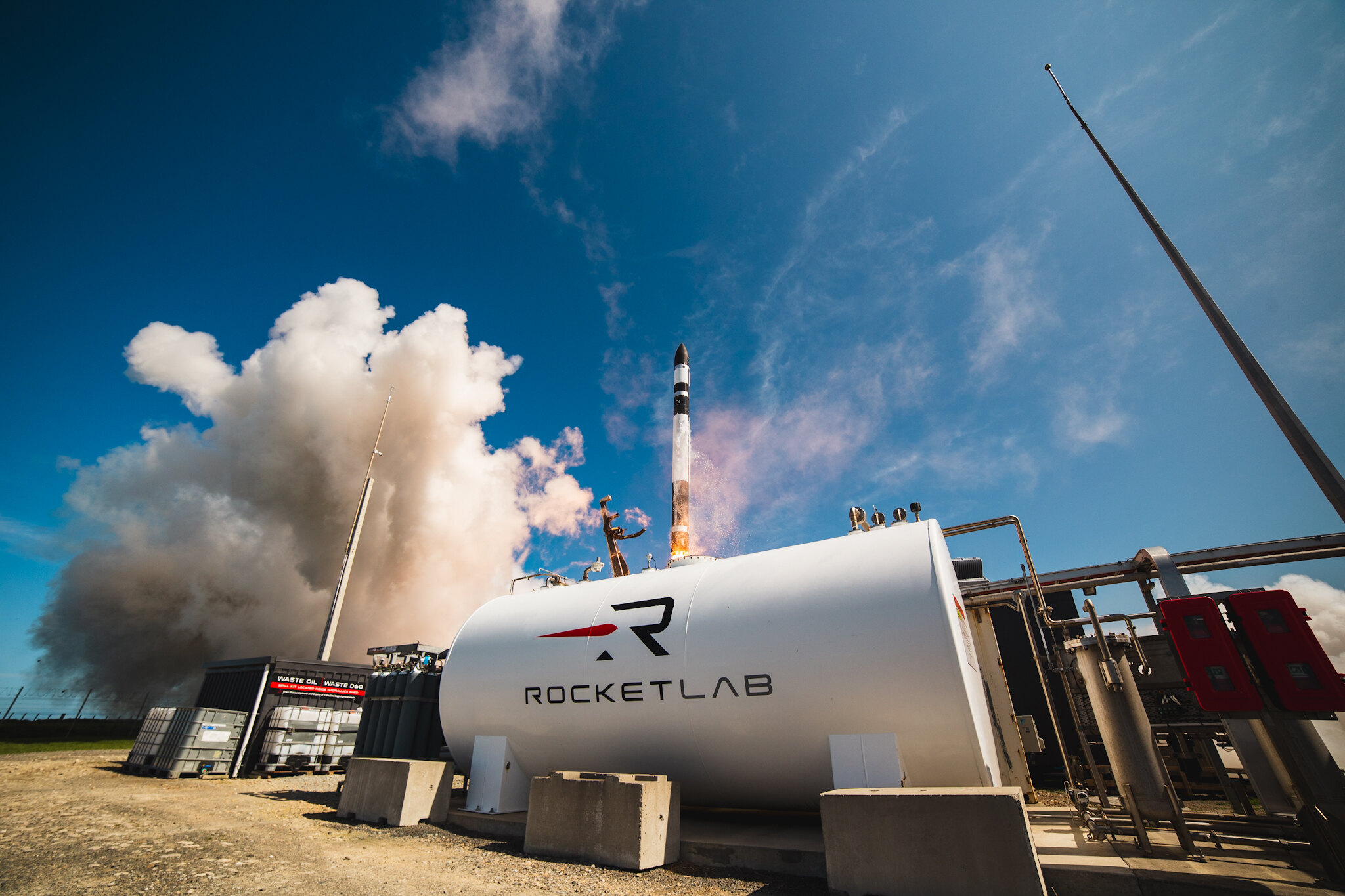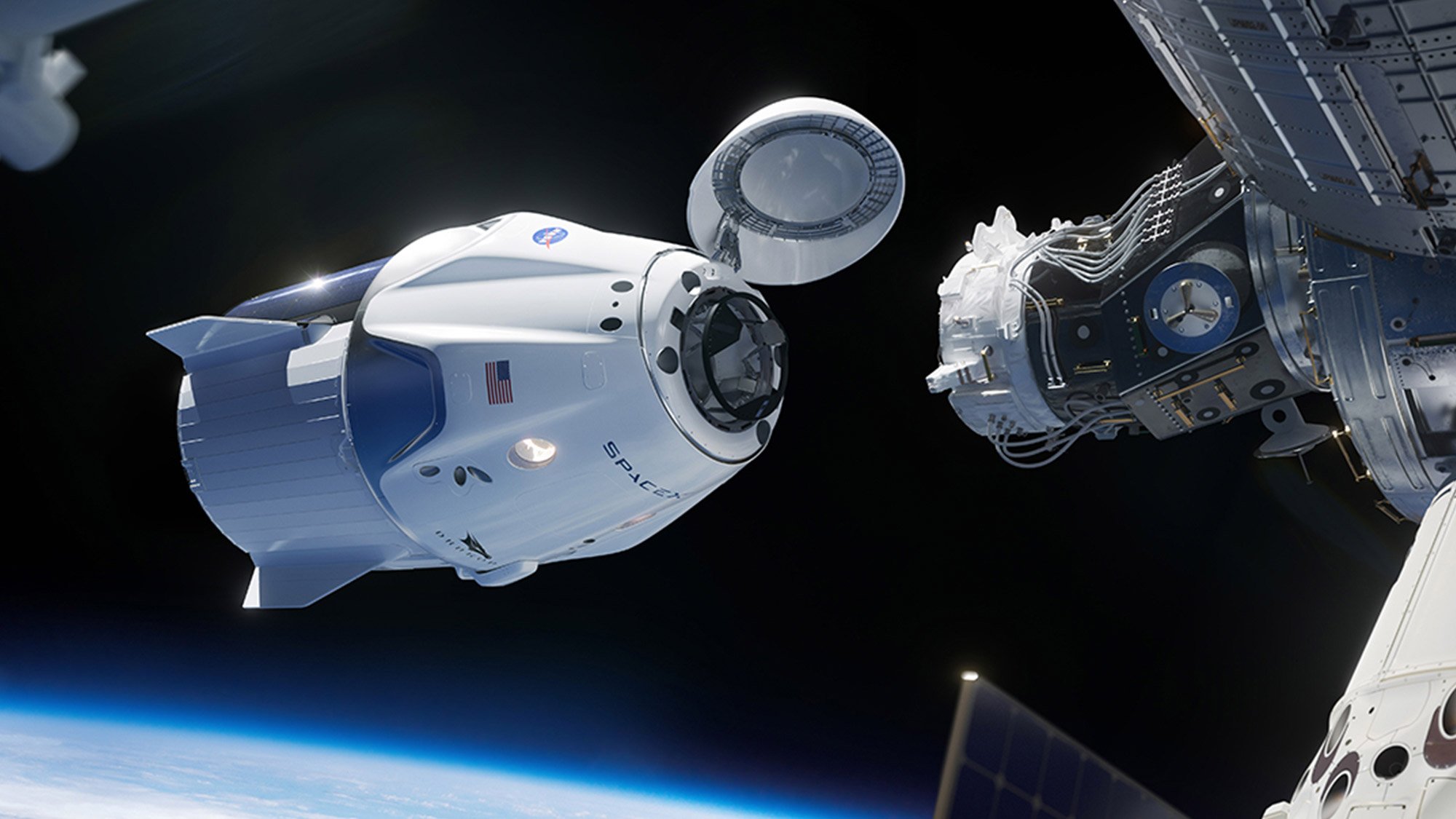Ferrari (RACE 0.29%) has all the hallmarks of an elite business -- a timeless brand, pricing power, and world-class margins. Investors often see it as the perfect mix of performance and predictability.
But even a company as exceptional as Ferrari carries risks. Beneath the pristine economics lies a business balancing transformation, valuation pressure, and cultural change. Here are the four biggest risks investors should keep in mind before buying this luxury compounder.

Image source: Getty Images.
The electrification challenge
Ferrari's biggest strategic test isn't competition -- it's evolution. The company's first fully electric model is slated for 2026, and management expects about 60% of its lineup to be hybrid or electric by that year.
That transition carries more risk for Ferrari than for any other automaker. The brand's identity depends on sound, emotion, and driving feel -- qualities that don't naturally translate to electric powertrains. The famous roar of a V12 isn't just noise; it's a core part of Ferrari's value proposition.
Ferrari built its new "E-building" in Maranello to engineer electric performance with the same visceral character as its combustion cars. Still, no amount of acoustic design can fully replace the sensation of mechanical power. If electric Ferraris fail to capture that emotion, even loyal buyers could hesitate.
For investors, the risk is clear: handled well, electrification could extend Ferrari's dominance for decades. Mishandled, it could weaken the essence of what makes a Ferrari a Ferrari.

NYSE: RACE
Key Data Points
Valuation and market expectations
Ferrari trades around 41 timesearnings, a multiple far above any traditional automaker. That premium reflects the company's scarcity-driven model, high returns, and luxury brand power. But it also means that expectations are sky high.
Any stumble -- a margin miss, slower personalization growth, or global luxury softening -- could cause the stock to derate sharply. Ferrari's fundamentals are strong, yet its valuation already assumes perfection.
Unlike cyclical carmakers, Ferrari doesn't have a volume lever to pull if sentiment shifts. When growth cools or risk appetite fades, the company can't flood the market with cars to hit targets without damaging its brand.
So far, however, the company has proven its ability to execute even during some of the most challenging times. For instance, during the COVID-19 pandemic period, it continued to deliver respectable revenue, with a decline of just 8% in 2020.
Economic and regulatory headwinds
Ferrari's ultra-wealthy clientele insulates it from most recessions, but no market is entirely immune. A global slowdown, currency volatility, or geopolitical unrest could dent demand, even at the top of the luxury pyramid.
The good news is that luxury spending tends to rebound quickly, especially for the group of ultra-wealthy customers that Ferrari focuses on. Yet, Ferrari's small volume means that even minor demand disruptions can ripple through its profitability.
There's also regulatory pressure. While Ferrari's limited production gives it temporary emissions exemptions, these rules are tightening across Europe and the U.S. Future legislation could restrict combustion output or raise compliance costs.
For now, Ferrari's proactive investment in hybrid and EV technology keeps it ahead of most peers. But government policy remains an external risk that the company can't control.
Brand stewardship and cultural relevance
Ferrari's greatest asset -- its brand -- is also its most fragile. Every generation of leadership must protect itself from overextension or missteps that dilute exclusivity.
The company's discipline has been remarkable so far: limited supply, controlled product launches, and unwavering craftsmanship. But that restraint will be tested as future management teams look for incremental growth. Expanding too fast, offering too many models, or chasing volume could erode Ferrari's mystique.
There's also a subtler, long-term cultural risk. Younger generations value sustainability, experience, and technology over ownership. If the definition of luxury evolves away from physical performance icons, Ferrari will need to adapt its brand narrative without losing authenticity.
What does it mean for investors?
Ferrari's risks are not about competition or technology gaps -- they're about achieving a balance. The company must modernize without losing emotion, grow without diluting scarcity, and justify a premium valuation without overreaching.
The good news: Ferrari's management has a history of execution. Its track record through economic cycles and industry shifts suggests it understands how to evolve carefully.
Still, at current prices, investors should remember that even the best businesses can underperform when perfection is priced in. The brand may be bulletproof, but the stock isn't.
In short, investors looking to buy the stock should do so with their eyes wide open.





